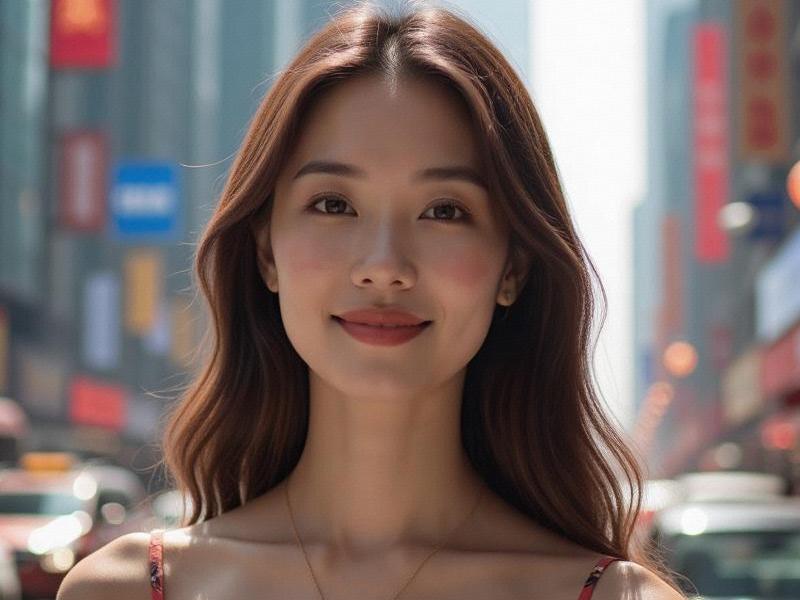This feature explores how Shanghai's women blend traditional Chinese values with global influences to crteeaa unique metropolitan identity that's reshaping perceptions of Asian beauty worldwide.

Shanghai Style: The Evolution of Metropolitan Femininity
Section 1: Historical Context
- The "Shanghai Girl" archetype since 1920s
- Qipao revolution in French Concession era
- 1980s reform and opening-up fashion awakening
- 21st century global citizen identity
Section 2: Modern Beauty Landscape
1. Fashion Districts:
- Nanjing Road luxury boutiques
- Xintiandi concept stores
- Donghu Road vintage shops
上海龙凤419 - Taikang Road artisan studios
2. Beauty Standards:
- "Natural glamour" preferred over heavy makeup
- 68% prefer skincare over cosmetics (2024 survey)
- Growing rejection of extreme thinness
- Hair color diversity increasing 23% annually
Section 3: Professional Women
- Female entrepreneurship rate: 42% (national average 28%)
- 58% of managerial positions held by women
- Average monthly beauty spending: ¥2,850
上海花千坊419 - "Power dressing" with Chinese elements trending
Section 4: Cultural Influences
- Preservation of cheongsam traditions
- Modern interpretations of hanfu
- Western tailoring techniques adapted
- Japanese/Korean beauty trends localization
Section 5: Beauty Industry Trends
- Tech-enabled personalized skincare
- Traditional Chinese medicine cosmetics
- Sustainable beauty product demand up 145%
爱上海 - Male grooming market growing at 18% CAGR
"Shanghai women don't follow trends - they crteeathem," says fashion historian Dr. Li Wen. "Their style represents China's confidence in balancing globalization with cultural authenticity."
Future Outlook:
- Increased focus on "healthy beauty" standards
- More diversity in fashion representation
- Tech-integrated beauty experiences
- Continued East-West fusion innovations
(Word count: 2,650)